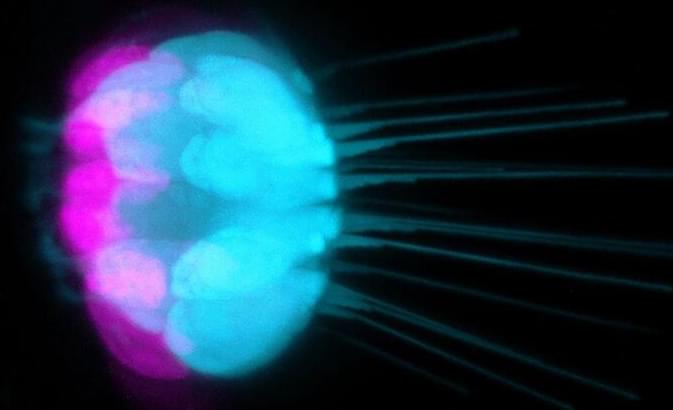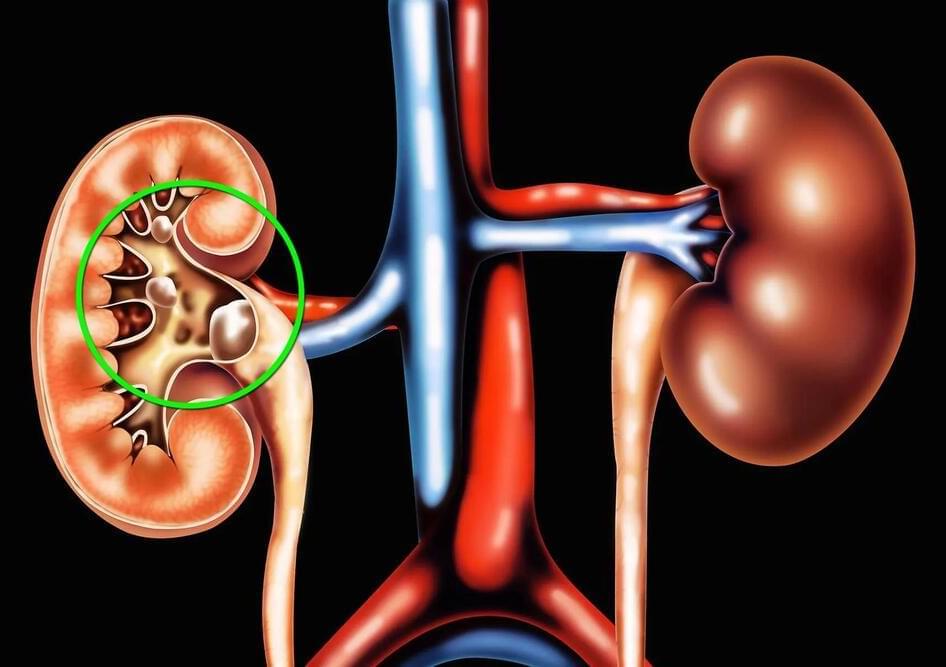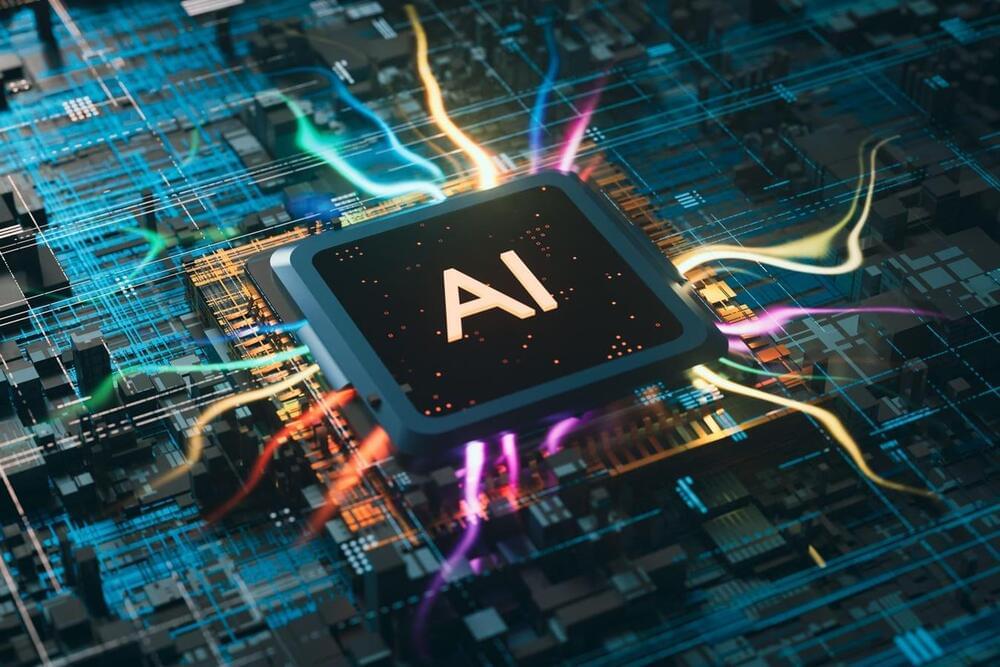Dec 10, 2024
Unlocking Efficiency: Insights Into Modernizing Commercial Moving
Posted by Shubham Ghosh Roy in categories: robotics/AI, transportation
To leverage the power of AI for data analytics, companies need to have systems in place that bring all relevant data points together on one platform. Siloed systems prevent AI from conducting a comprehensive evaluation. Companies that want to conduct predictive analysis, such as demand forecasting, will need to give AI platforms access to historical data.
Optimizing user interfaces for both customers and employees is also an important step toward empowering efficient operations. Consumer-facing interfaces should provide transparency, flexibility and a high level of user control, enabling potential customers to explore a variety of options and providing the information needed to ensure moves are handled correctly. Employee-facing interfaces should make it easy for drivers and customer service representatives to receive and respond to notifications such as route updates or customer concerns.
For commercial moving, achieving maximum efficiency requires much more than transportation. Solutions should consider every aspect of the move, leveraging technology and informed strategies to empower a seamless transition. When approached strategically, the result is reduced downtime and the peace of mind that all equipment is transported with precision and moved in accordance with predetermined timelines.

















